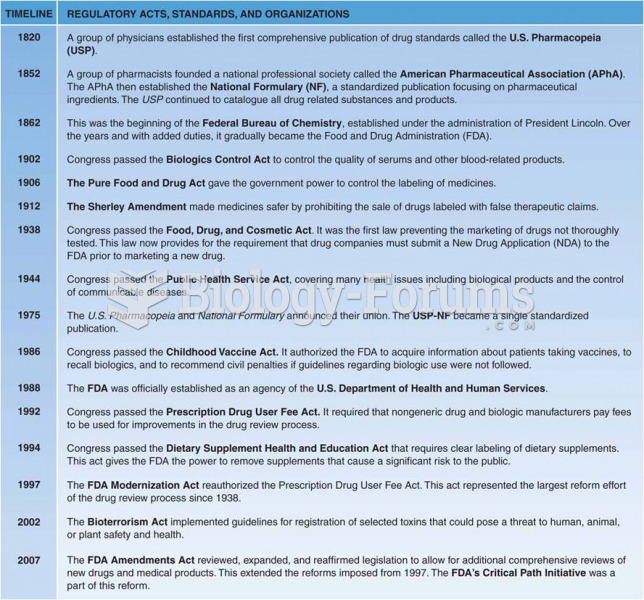Answer to Question 1
Anti-Federalists debated Federalists about whether there should be a federal court system separate from the state systems. Advocates of states' rights, the Anti-Federalists, feared that a strong federal government would threaten the power of state courts and, therefore, individual liberties. Thus, they argued that the federal judiciary should only hear appeals from state courts. The Federalists, in contrast, favored a robust federal court system that could develop a uniform body of federal law. The two groups reached a compromise at the Constitutional Convention in 1787 when they ratified Article III of the U.S. Constitution, which established the U.S. Supreme Court and gave Congress the power to create lower courts. The Judiciary Act of 1789 was passed shortly thereafter. The Act established separate U.S. District Courts, which are the trial courts of original jurisdiction in the federal system. While the creation of these courts strengthened the federal judiciary, the Act also allayed Anti-Federalists fears in several ways. Federal district courts were given limited jurisdiction, U.S. district courts are state containedthe boundaries of the district courts are drawn along state lines, and federal district court judges must be residents of their districts. A century later, the Courts of Appeals Act of 1891 created intermediate federal appellate courts.
Answer to Question 2
a







